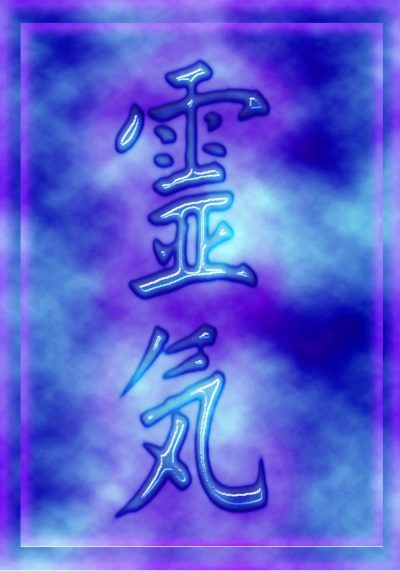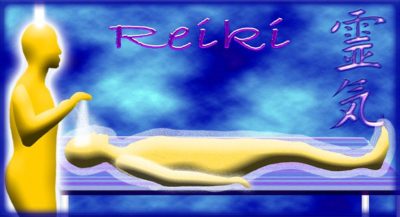Often pronounced “ray-key”, a Tendai Buddhist monk called Mikao Usui developed this energy therapy in the 1920s. ‘Rei’ means ‘universal energy’ that’s present everywhere and in everything. ‘Ki’ refers to our life force or vitality, which might be lacking if we’re tired, depleted or ill.

Who Benefits?
Reiki is now a popular treatment in the West. As we’ve come out of lockdown, I’ve noticed a recent surge of requests for Reiki therapy from people of all ages and walks of life. Animals, birds, fish, and plants may also benefit, and anyone can learn to practice reiki.
It’s a joy to know that we may be able to help our animal companions, friends and ourselves by self-treating. The energy works with various physical, mental, emotional and spiritual health conditions, but a practitioner should never claim to cure. We can’t guarantee results as we each respond differently. Reiki isn’t for everyone; some feel they benefit more from massage or reflexology.
How Does It Work?
Ki (energy) flows through the body via pathways known as meridians. Think of a system of hosepipes. If there is a kink in the hosepipe, the water (or energy) doesn’t flow. Stagnation occurs, and illness on a physical, mental, emotional and spiritual level can manifest. When people feel blocked, reiki can jump-start the energy and get life moving again. It gives us a boost, sometimes to make life changes or to improve our health.
The Treatment
The client remains fully clothed and is seated on a chair or lies on a therapy bed. The Reiki practitioner works by laying their hands on or above the client’s energy centres (chakras). Practitioners don’t need to direct the energy; it simply flows through us to the person.
The client may experience feelings of heat, tingling, coolness, a warm glow, deep relaxation, stilling of the mind and peace, and some even see colours. Each 30-60 minute treatment can feel quite different as treatments vary according to our changing needs.
The intelligence of the energy means it flows to where it needs to go within the body, much like water gathers in potholes in the road. We absorb the energy we need, like a ‘sponge’.

The Client’s “Highest Good”
The energy always works for the clients “highest good”. We don’t know exactly how it will turn out. Someone with pain in their knee may not get better physically “for the highest good”, but the person’s ability to cope with it mentally may improve. Others may find they sleep better or the pain in their back disappears as they make life changes.
How Many Treatments?
Sometimes one treatment can help top someone up, but with a long-term condition or past issues, an initial course of weekly treatments may get the ball rolling. You can then lengthen the space between treatments.
Reiki has played a large part in helping me recover and manage myalgic encephalomyelitis (or chronic fatigue syndrome), fibromyalgia, and mental health challenges. Seeing how others benefit is a real passion and joy; try it and see for yourself.
About the Author – Emma Sims

Emma Sims is a complementary holistic therapist, intuitive practitioner and Reiki teacher with 20+ years’ experience in this field. She has a clinic at the Community Resource Centre in Gwersyllt.
Obtain further details from emmasims.co.uk.
We hope you enjoyed reading about What is Reiki. Please see our other articles on Lifestyle and Well-Being.

